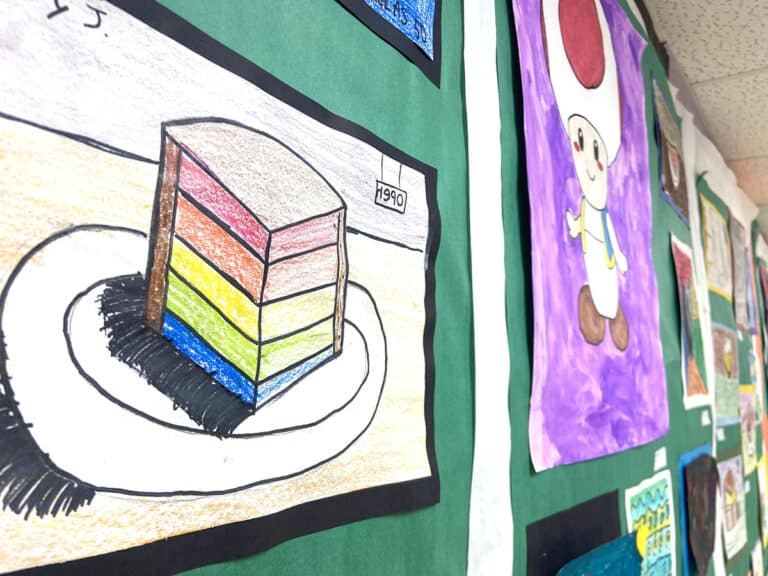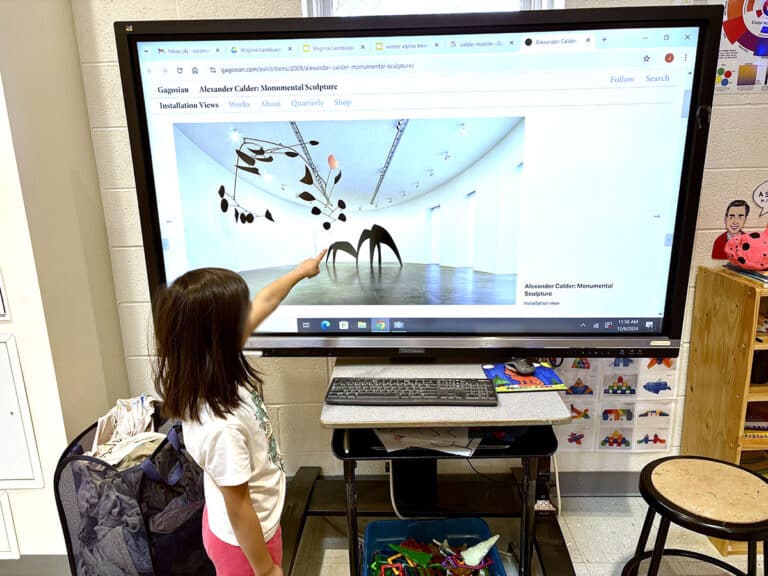When you think about your favorite teachers from your school days, what comes to mind? Was it that funny song they always sang to get you ready for the hall? Their goofy jokes? The feeling they truly cared about you?
There are so many ways teachers can impact students throughout their school career.
Here are 20 things all great art teachers have in common.
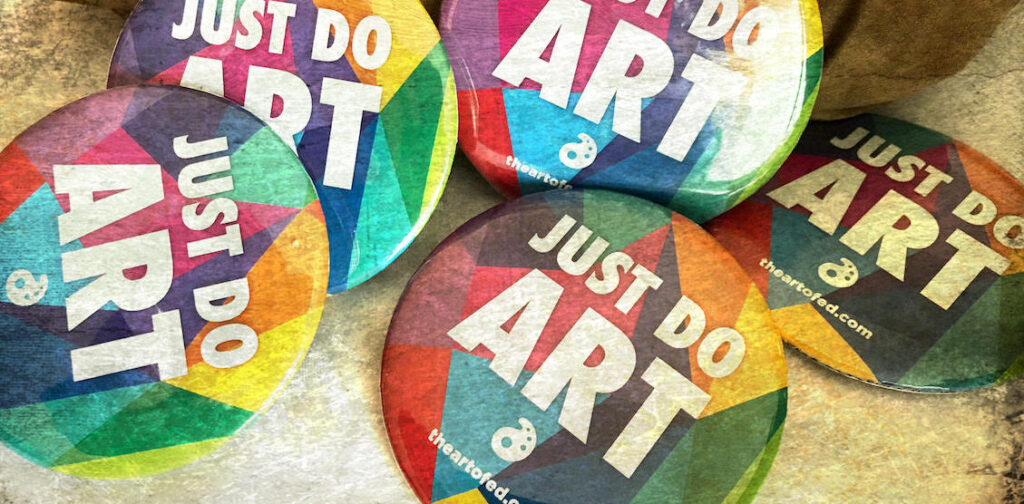
To compile this list, I reflected on my art teaching career and all of the amazing professionals with whom I’ve had the pleasure of working. I contacted some of the best art teachers I know to add their insight. It was so cool to see how we were all on the same page. Enjoy this list, and please, add your comments and additions!
1. They love kids.
First and foremost, great teachers must love what they teach. And, let’s face it, we really don’t teach art, we teach kids, our world’s most priceless asset! Lindsay Moss, a writer for the Art of Education, states, “Great art teachers love kids as much as their content. Children and art have a dual place in their hearts.” At the end of the day, our job is to see the potential in every child we are blessed to call ours.
2. They love art.
Now that we have established that we actually teach children, it’s still pretty important to love the discipline you teach them. Loving the visual arts is also a commonality among the world’s best art teachers!
3. They are passionate about the profession.
Over the past twenty-five years, I have noticed something else pretty exciting; the greatest and most successful art teachers are passionate about art education. They are the ones attending state and national conferences, AOE conferences, and sharing their students’ successes via social media. Melody Weintraub, President of the Tennessee Art Education Association, writes, “A passion for teaching is the number one most important thing in art education.” She added, “This passion makes for positive, professional energy that is contagious to others.” Amen!
4. They are dedicated.
Dedication is a mark of affection. Dedicated teachers are deeply committed and believe there is nothing more important than kids and art. They put time and energy into their profession in a manner that is often unequaled. We all know being an art teacher is a difficult job. But, the long hours are worth it when we see our students and programs shine.
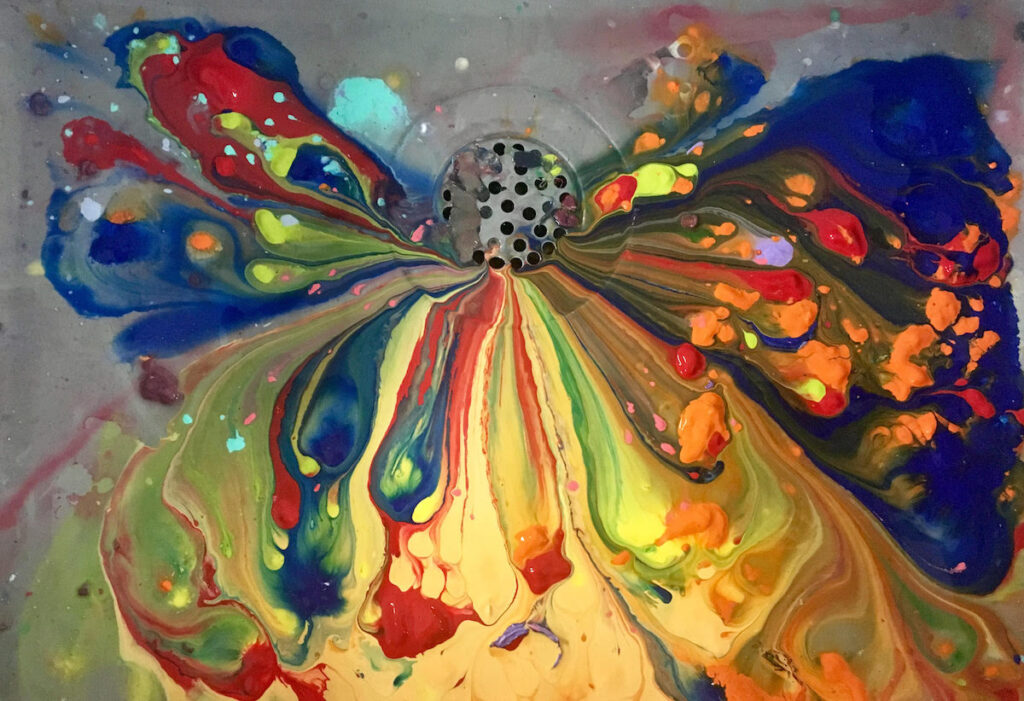
5. They are energetic.
As I’ve mentioned, being an art teacher can be exhausting! We have to be energetic and “on” all day long.
Each school year we…
- Decorate our rooms
- Display art in our hallways
- Display art in our communities
- Teach hundreds of students each week
- Set up and maintain expectations and rules
- Work hard to manage our classrooms
- Teach kids the elements, principles, media, and techniques to be successful artists
- Teach students 21st-Century Skills like collaboration, creativity, critical thinking, and problem-solving
- Design standards-based, engaging lesson plans
- Run art clubs, NAHS, and after-school programs
- Keep hundreds of materials organized
- Collaborate with other teachers
- Advocate for our programs
- And MORE!
Whew. And, we do it all with a smile!
6. They are creative.
Creativity is key to being a successful art teacher. We must figure out the best way to teach hundreds, if not thousands, of students with various backgrounds, talents, and interests daily. And, all of this is on top of everything listed in #5!
7. They are organized planners.
Dallas Gillespie from Suwanee, Georgia states, “A good art teacher is consistently challenging themselves to create, plan, and prepare meaningful and relevant projects that will consistently maintain a high level of success for ALL students.” Ivey Coleman from Augusta, Georgia adds, “A good art teacher needs to have the ability to effectively manage and utilize a wide array of materials.” She continues, “When teachers are organized, it allows them to successfully teach different media and provides students with a diverse learning experience. It also creates a learning environment that is conducive to being clean, safe and productive.” I couldn’t agree more!
8. They are advocates for the arts.
I believe the terms “art educator” and “advocate” are synonymous. Every art teacher must continue to advocate for quality visual art education. When they realize this, they work even harder to educate their communities about how essential the arts are to educating the whole child.
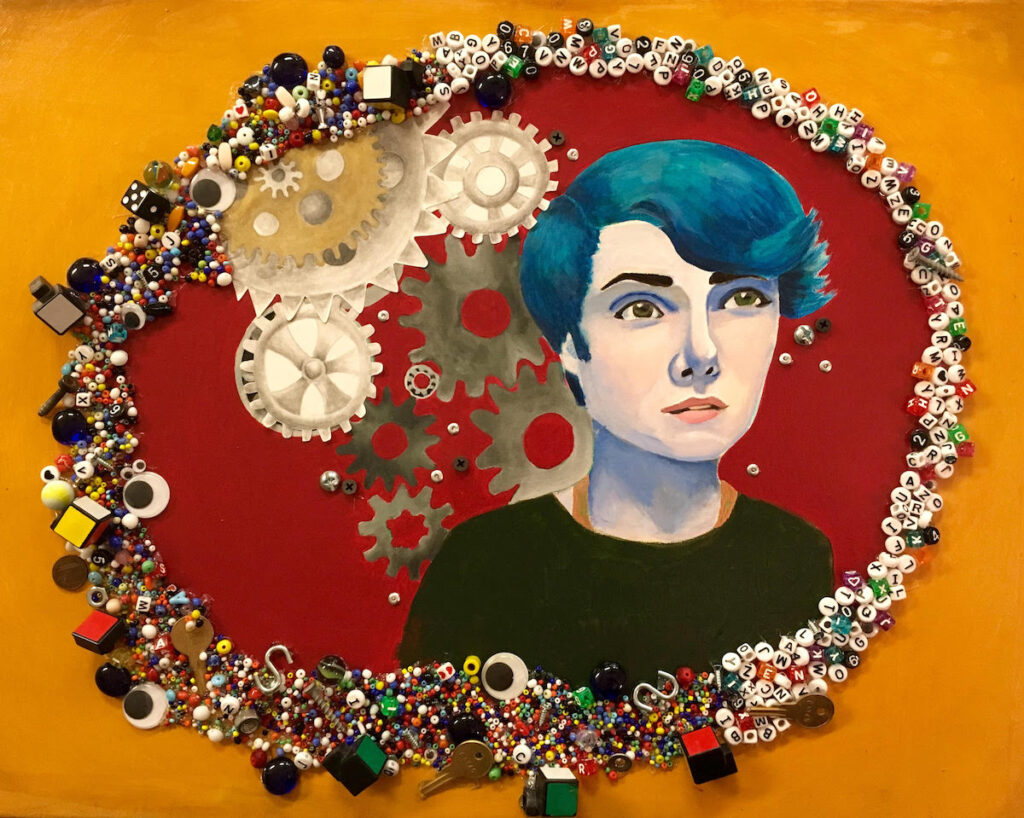
9. They are collaborators and communicators.
Collaboration is essential to take your teaching to the next level. Whether it’s with others in your building, those in a state art education association, or on social media, having a PLN is so important!
Communication goes hand-in-hand with collaboration. When teachers communicate with their students, staff, and community members, they will be successful. Which brings us to our next trait.
10. They are leaders.
I don’t think most art teachers set out to be leaders, but we are. We lead our students; we lead our classrooms and, often, we begin to lead our schools and our communities. Many of the best art teachers I know find themselves leading at the state level because they realize it’s an important element in growing the profession.
11. They are lifelong learners.
Dana Jung Munson from Atlanta, Georgia writes,” I encourage my students to make mistakes and to learn from them. Teaching the artistic processes creates opportunities for students to pull learning from other subjects.” James Rees, from Provo, Utah adds, “Great art teachers aren’t afraid to be vulnerable and can easily admit teaching and artmaking mistakes which aides students in taking risks, making mistakes and moving forward.” Lindsay Moss, echoes with this sentiment, “Great art educators are constantly evolving. Their instruction, content, and pedagogy are constantly being revisited and revamped to best serve their current kids at the current time.” Great art educators want to see their students grow, and thus, are constantly pushing to learn new things themselves.
12. They are artists.
Whether or not art teachers professionally show their work is irrelevant. But, knowing how to creatively utilize a variety of mediums and sharing these techniques with your students is an important part of the equation. Some of the best art teachers I know continually create art, exhibit art in some way, and share their talent with their students.
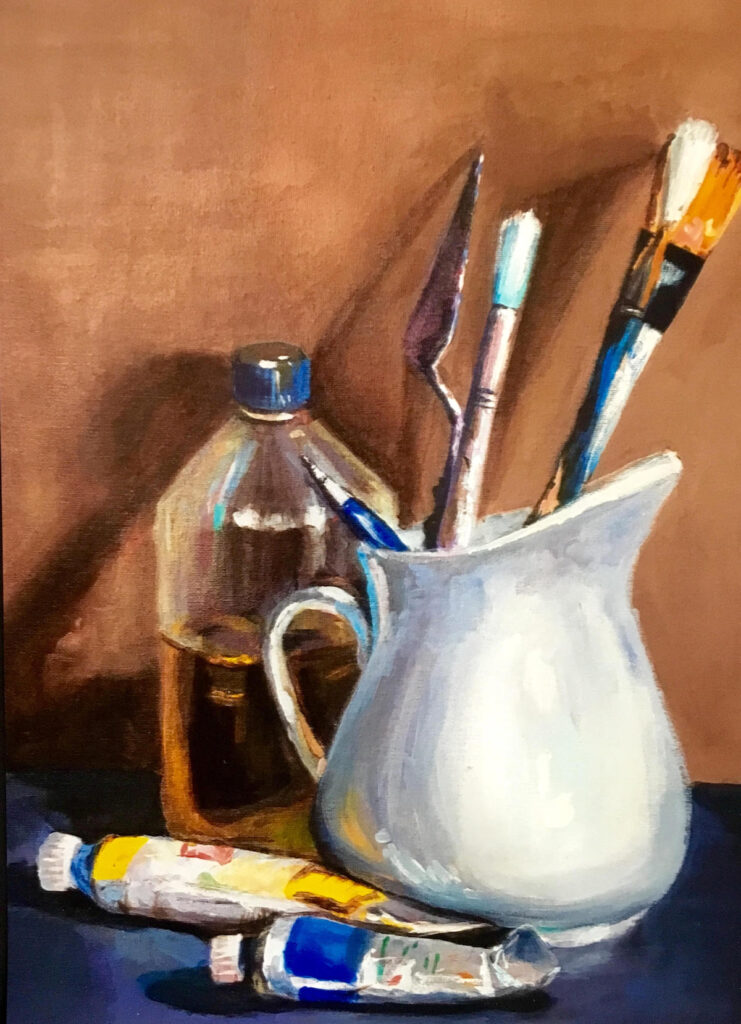
13. They are inspirational.
I am beyond inspired by so many art teachers. I couldn’t begin to list them all! It’s no secret that great art teachers inspire their students. But, they also inspire their colleagues and peers. Brooks Dantzler, a retired art educator from Macon, Georgia describes it well saying, “When we encourage our students, we ultimately help them succeed, and when others see this, we begin to encourage them. Therefore, we are climate and culture changers.” In other words, great art teachers make everyone around them want to be better! Better learners, better teachers, and perhaps most importantly, better people!
14. They are reflective.
Having the ability to reflect daily is an important part of any job. However, I would say it’s essential for art teachers, especially if we want to become better and more effective. Tiffany Weser Chrisman, an art teacher in Augusta, Georgia, says, “Great art teachers can adapt to anything. It could be a reduced budget, learning to work with unconventional, donated materials or being creative when a student’s project doesn’t work out as planned. Reflecting and considering quick modifications can turn the learning into a rewarding experience for everyone.”
15. They are enthusiastic.
I don’t know many art teachers who aren’t enthusiastic about their jobs! Sure, we get tired and frustrated, but at the end of the day, we know we have one of the most important jobs in the school. We are teaching our students to be divergent, creative thinkers in an ever-growing culture steeped in visual communication. Our society and workforce desperately need creative thinkers now more than ever. Realizing our art content is teaching students powerful life skills is enough to keep any art teacher going!
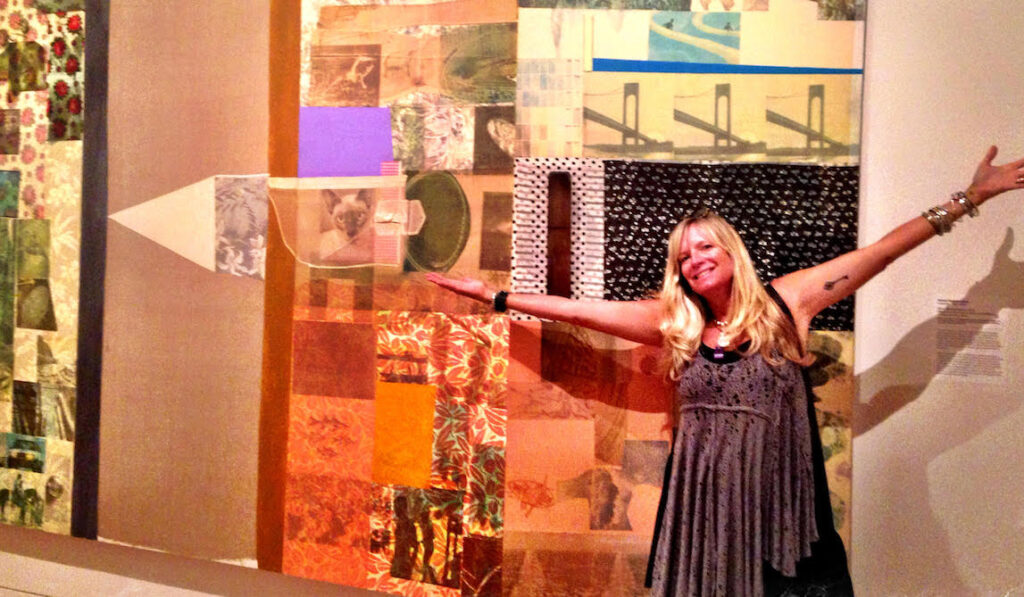
16. They work hard to engage their students.
I think we can all agree if we aren’t excited about a lesson or a topic, our kids usually aren’t either. Great art teachers have figured out how to take the most boring topics and turn them into engaging, fun, hands-on learning opportunities. Our enthusiasm keeps our kids excited and engaged, which usually means they are learning!
17. They are funny.
Most art teachers I know use humor in their pedagogy. Plus, we often have to find humor in some of the situations we find ourselves – from paint splatters on the ceiling to speckles of glaze in our hair. Not to mention our hilarious students. Finding humor in the daily rituals can be one of the greatest saving graces of all.
18. They care about building relationships.
Jeni Griner, from Buford, Georgia, says, “Great teachers are all about building relationships with their students! Relationships build trust which builds comfort and enables risk-taking. When students aren’t afraid to try new things, it builds confidence which is imperative to building a successful visual arts program. More importantly, it builds strong individuals with strong creative problem-solving skills who will become successful contributors to society in and out of art world.”
Not only do we build relationships with our students, but with our colleagues as well. We continually share ideas, springboard from each other and learn from one another. A few years ago I coined the phrase, “Together we ART better.” I find the longer I am in this wonderful profession, the truer that phrase has become. When we share ideas, our students are the ultimate winners!
19. They have grit.
Shannon Lauffer, Admissions and Academic Advisor with the Art of Education explains grit eloquently. She says, “Grit is the combination of passion and perseverance, which is exactly how I view art education. We advocate for our programs and the importance of art in education, push through artistic failures and view these as learning opportunities. Great art teachers know there is always a new technique to master, artist to discover, or idea to try out. Our profession is based on a passion for artmaking, and cultivating that in our students takes grit.”
20. They are happy.
At the end of the day, the great art teachers I know are quite happy! Sure, we’re tired, and we get worn down from time to time. But, when we reflect on each day, we’re satisfied we did our very best to teach our kids through the discipline of the visual arts, and that makes for a happy heART!
Thank you to all of the colleagues who contributed to this uplifting list! After seeing so many emails come in late at night, I have a theory that many of us are night owls as well!
What traits would you add to this list?
Which of these traits do you possess? With which do you sometimes struggle?
Magazine articles and podcasts are opinions of professional education contributors and do not necessarily represent the position of the Art of Education University (AOEU) or its academic offerings. Contributors use terms in the way they are most often talked about in the scope of their educational experiences.


